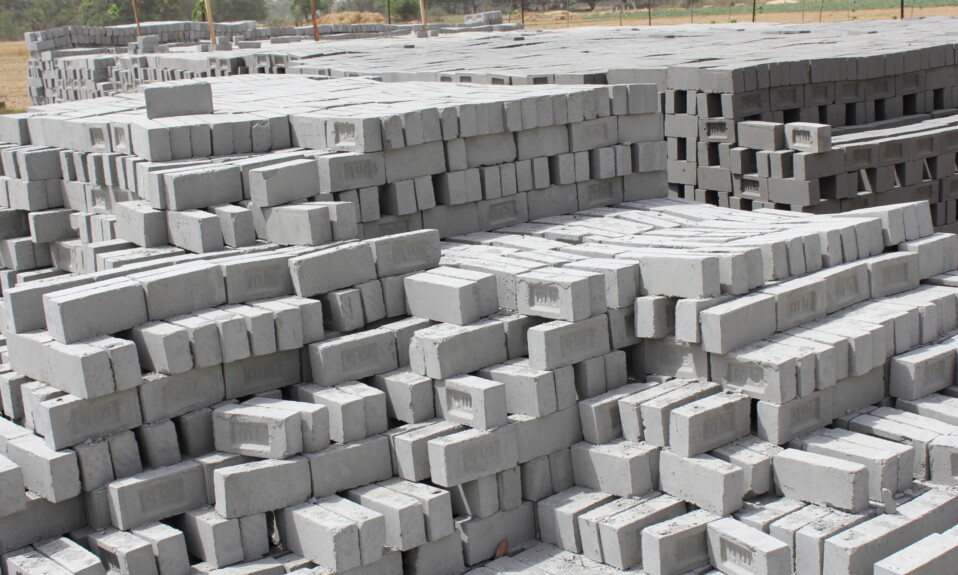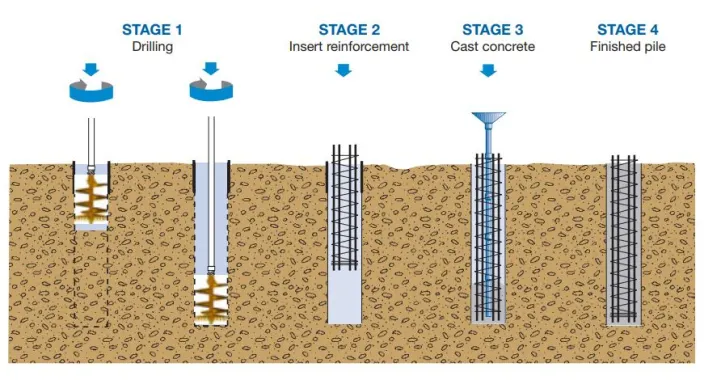What comes to mind when thinking of using fly ash bricks in your construction project? We are sure of all the good things like great strength, durability, appearance, etc. Right? However, there are some disadvantages of fly ash bricks as well that we will discuss in this article.
Fly ash bricks have been in practice for a long in construction sites because these are the cheaper alternative to other bricks. However, fly ash bricks are made with the ash of heavy elements like chromium, arsenic, and other toxic metals, which can be hazardous for the environment and our health too. In this blog, we will discuss the major disadvantages of fly ash bricks.
Also read: 11 Advantages of Fly Ash Bricks
What is Fly Ash Bricks
Fly ash bricks are a form of building material made using class F and C fly ash and water. It is a powder of toxic elements like chromium, arsenic, mercury, and antimony. These elements are among the ingredients used to make fly ash bricks, but they also negatively affect the environment. This is a by-product of coal-fired power plants. It is often used in concrete as an admixture to replace the small portion of Portland cement.
However, there are many things that are favorable when you use fly ash bricks in construction. We have, a few days before, posted an article showcasing the best advantages of fly ash bricks that we will advise you to check as well.
Disadvantages of Fly Ash Bricks
Although it has some obvious drawbacks, fly ash is thought to enhance performance in several respects when used in concrete. However, as we discussed above, there are a few drawbacks to utilizing fly ash in concrete that we will discuss below.
Also Read: A Guide to Different Types of Slabs
So, keep your eyes open and learn all the disadvantages of fly ash bricks that will help you in your next project when deciding on the materials you want to use. Let’s dive in!
1. Takes Longer Time to Set

Fly ash admixtures can prolong the settling period of concrete. Sometimes, especially in hot weather when cement setting times are rushed, this can be beneficial, but other times it might be an annoyance because it would delay construction. In such cases, additional admixtures can be required to modify the concrete’s set time. Again, the percentage of fly ash inside the concoction and the external temperature could affect this admixture proportion.
Do you know there are lot many types of cement available that can make this process a little faster? Do check the link to know all the types of cement used for the construction process.
2. Very Slow Strength Gaining Process
After being poured, concrete transforms into a solid state; however, the curing process requires more time. It keeps getting stronger for weeks after the original setting period. Fly ash can lengthen the time it takes for concrete to achieve its strength, which can be a significant problem because a delayed strength rise directly impacts the pace of the building.
Check out the guide on different types of buildings every civil engineer should know.
3. Seasonal Restrictions Are There
Winter is now a particularly difficult time to pour concrete, and combinations heavy in fly ash are much more susceptible to cold weather. Low temperatures, as we have already noted, lengthen the timeframes required for setting and gradually improve stiffness, even in concrete compositions without fly ash. Additionally, when fly ash is introduced, these issues may get worse.
Also Read: One Way Slab vs Two Way Slab
4. Extremely Low Air Control Content Quantity
Without air, concrete is prone to deterioration from freeze-thaw cycles. Here, tiny air bubbles can be produced in the concrete by utilizing aerosol admixtures that make the concrete froth during the mixing and dumping stages. Concrete mixtures with a lot of fly ash frequently need extra air-entraining additives because fly ash reduces the quantity of air entrainment.
5. Inconsistent Color
Fly ash on cementations materials has some visual issues, but its structural impacts are more serious. Controlling the color of concrete is more challenging when fly ash is present. Fly ash can also result in a variety of additional visual irregularities on the final surface, such as dark stripes rising as a result of carbon particles.
6. Limited Appropriateness
Keep in mind not all fly ash is acceptable for construction. Only fly ash generated in power plants is typically appropriate for concrete. Detoxification may be necessary for other fly ash. It is crucial only to utilize high-quality fly ash because using anything less could harm the building.
7. Limitation of Size
The size of fly ash bricks is severely constrained. Additionally, only bricks of the modularity size can be made. Large-sized bricks run the risk of breaking or cracking more frequently.
Check out our guide on standard room sizes for bedrooms, Kitchens, Toilets and halls.
FAQs
-
What is the age of fly ash bricks?
You can expect that the fly ash bricks can last more than 100 freeze-thaw cycles. This is because it is made of masonry units like class C or class F fly ash and water. A lot of process goes to make the fly ash brick stronger like compressing it at 28 MPa and then cured for 24 hours in a 66-degree steam bath. Lastly, it is left in an air entrainment agent to make it tougher in most extreme conditions.
-
Can we reuse fly ash bricks?
Yes, there are various purposes through which you can reuse fly as bricks. It can be used as an alkaline substitute for lime to treat waste-water. Other than that, you can reuse it as a building material, bricks, cement, etc. Because of fly ash brick toughness, it can be reused not only once but many times.
-
How to check the quality of fly ash bricks?
For that, you need to place the bricks between two 3 mm thickness 3-plywood sheets and carefully center them between the plates of the testing machine. Apply the load at a uniform rate of 14N/mmsqr per minute until the fly ash bricks start to fail. Make sure you note the maximum load at failure at that time.
-
Which is the best type of fly ash brick to use in construction?
Class C fly ash non-cement mortar is considered one of the best types of fly ash brick because of its greater strength than the class F fly ash. However, many results show that the f class fly ash non-cement mortars perform better than the class c when it is cured in heat temperature.
Disadvantages of Fy Ash Bricks Discussed!
So, we hope you learn about the critical disadvantages of fly ash bricks. Additionally, fly ash installations may encounter opposition from conventional constructors who are conscious of the material’s propensity to effloresce and their concerns regarding thaw/freeze performance. So, use bricks made with other materials, adding strength to the building and making it extremely resistant to weather conditions.
What do you think about the disadvantages of fly ash bricks? Where would you use these in your construction project or think of any alternative? There are many advantages of fly ash bricks as well. Do check them to make a well-informed decision before starting a project.





